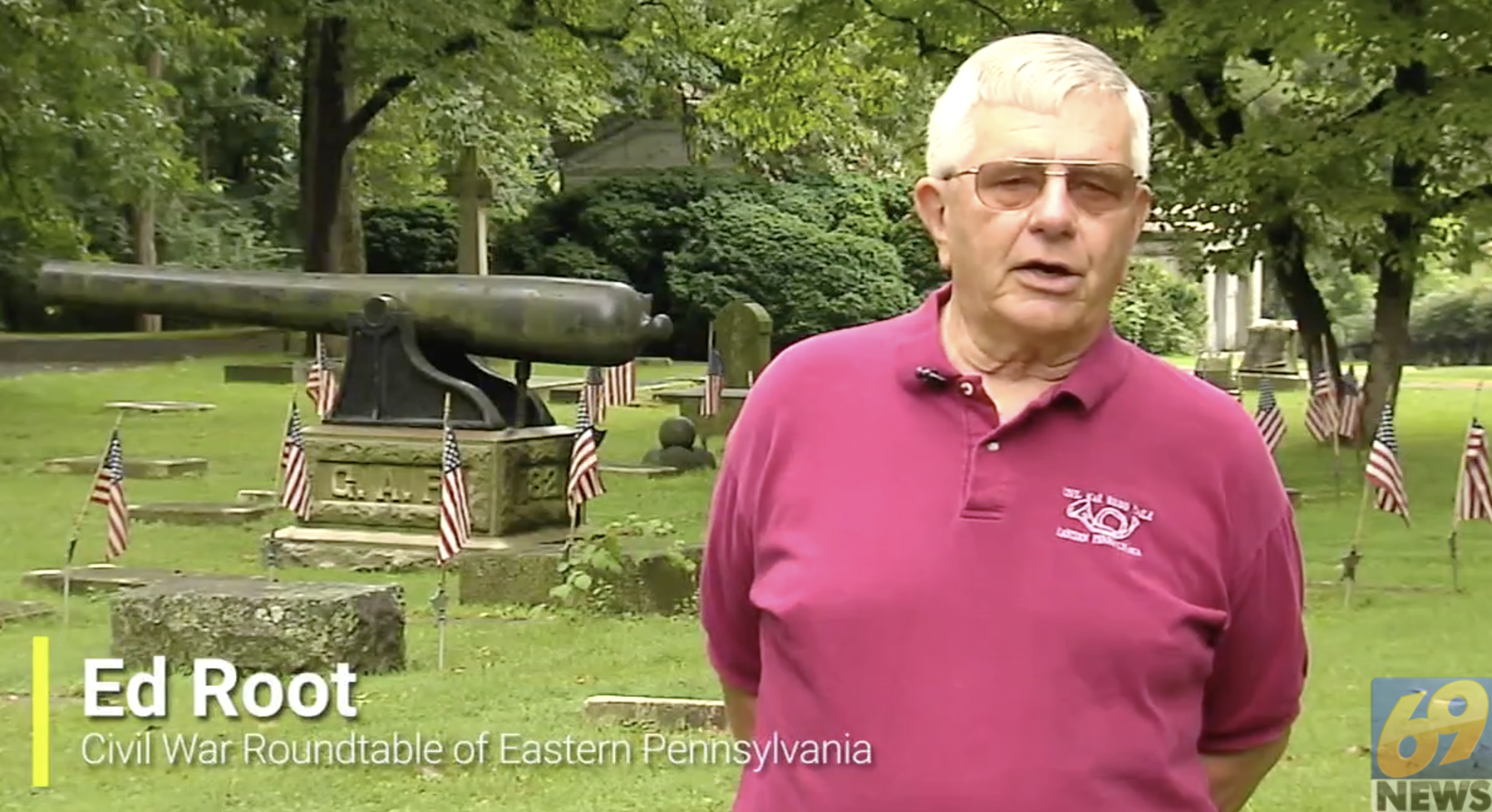First, welcome back to our 43 campaign season. I had hoped to see you in person on September 01, 2020 and to experience with you the wonderful narrative that Gene Schmiel planned on sharing with us on his book, Lincoln, Antietam and a Northern Last Cause. Unfortunately, we were forced to cancel that meeting.
I would like to take a moment to address a topic that is near and dear to many of our hearts….
Removal of confederate statuary, a thoughtful process that has been underway in many municipalities for some time, has gained far greater attention in the aftermath of the killing of George Floyd. At this point, cancel culture has stepped in, and dozens of statues have been forcibly removed by self-appointed groups of people as part of a quest to rid the country of all things racist. In the process, statuary in our national parks, including national battlefields, are now also under threat. In fact, a bill, already passed in the U. S. House of Representatives, calls for all statues that honor the country’s discriminatory past to be relocated from prominent locations.
I believe, along with the rest of the Board, that it is the job of the National Parks Service to interpret battlefields, including statuary, and that all monuments on National Parks grounds ought to be left alone and continued to be interpreted for the public by the Parks Service. I encourage those of you who have strong feelings about this impending action to reach out to your federal and state representatives. The system of participatory democracy remains alive and well, but only if we choose to participate.
In other news, the Civil War Round Table continues to face the difficulties that come from having to cancel several lectures early this year. We have likewise chosen to cancel our September, 2020, lecture. The Board is currently exploring alternative ways to deliver quality programming to our members, such as Zoom, a free and easy-to-use internet tool, as we wait out the pandemic and abide by state-imposed mandates. Expect to hear more on this subject in the weeks ahead.
On behalf of the Board, please accept my thanks for your continued commitment to Civil War preservation and education. We hope to be able to see you, in person, sometime soon.
Barry












